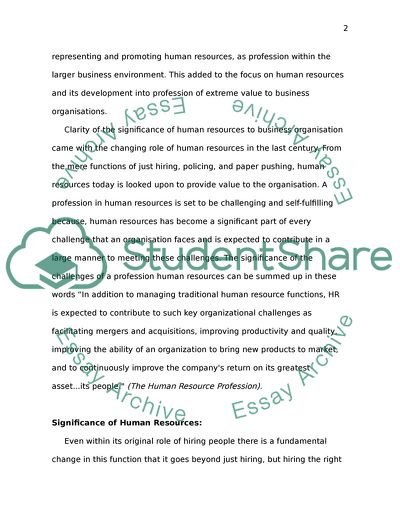Significance of Human Resources Essay Example | Topics and Well Written Essays - 1250 words. https://studentshare.org/human-resources/1703905-human-resources
Significance of Human Resources Essay Example | Topics and Well Written Essays - 1250 Words. https://studentshare.org/human-resources/1703905-human-resources.


